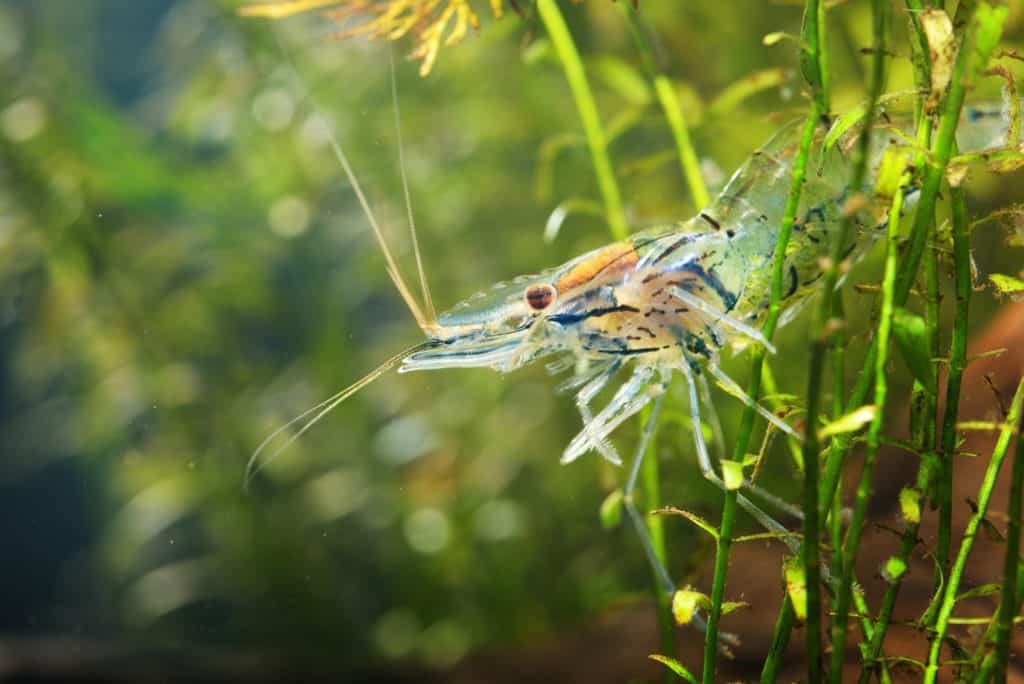
Ghost shrimp are sensitive creatures, and if their living conditions aren’t good enough, they’ll easily get sick.
Let’s take a look at the different conditions of Ghost Shrimp.
Ghost Shrimp Turning White (What Does It Mean?)
Ghost Shrimp have translucent bodies, but sometimes they start turning white.
Ghost shrimp turning white can mean that they’re simply getting ready for molting.
It can be because of old age or organ failure.
Sometimes bacterial, parasitic, or fungal infections can cause their internal organs to turn white.
The milky color can also be due to stress or bad water conditions.
Molting
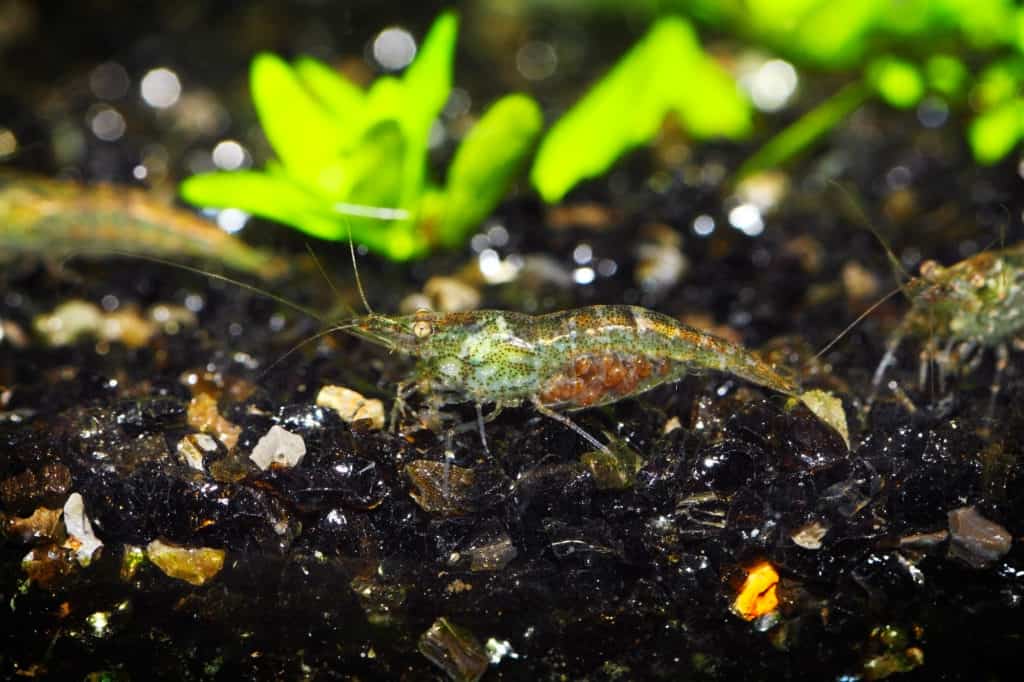
Shrimp have hard shell-like exoskeletons which protect them from external harm.
The shell doesn’t grow, and eventually, shrimp outgrow their shells.
Every couple of months, they’ll go through a process called molting to shed it.
Before molting, there’s a pre-molting stage. In this process, the shrimp will grow a thin skin under their exoskeleton named the hypodermis.
Once developed, the hypodermis becomes visible with a white hue.
The shrimps won’t turn completely white.
They’ll just have a tint of white color under their shells.
When the molting process is about to start, your shrimp will hide under a rock or behind plants because they’re vulnerable to changing water conditions and predators.
They’ll usually emerge after one to three days.
You can also promote molting by changing the water regularly.
If the white shrimp swims around actively and doesn’t hide, you can assume something is wrong.
If you see a shrimp struggling to molt for more than a day, there may be something preventing it from completing the process.
That can happen if your shrimp isn’t comfortable with the level of Carbonate Hardness (KH) or Total Hardness (GH) of the water.
The appropriate KH level is 5–12 ppm, and the GH level should stay at 5–10 ppm.
Another cause for shrimp struggling with molting is lack of iodine in their diets.
Try to feed them supplementary food that is rich in iodine.
Poor Water and Living Conditions
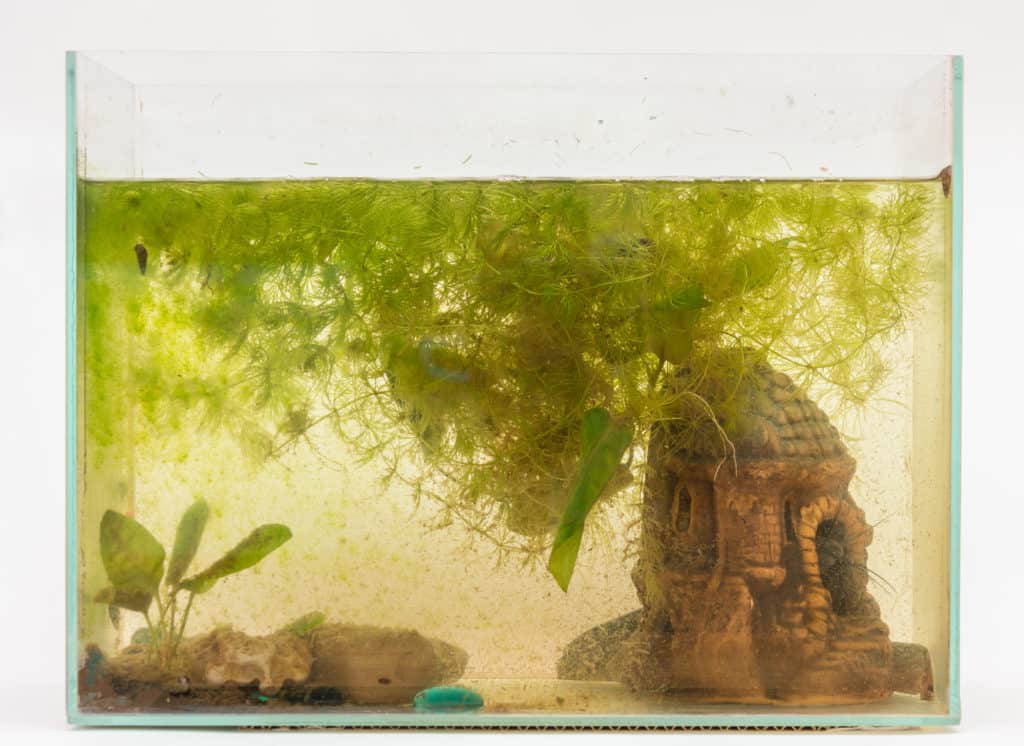
The first thing you should check when you see any sign of whiteness in your shrimp is the water parameters.
Ghost shrimp are sensitive to rapid changes in water conditions.
They prefer the water at room temperature, around 65–77°F.
They can’t tolerate high temperatures for long, and they can’t stand alkaline water and high pH levels.
You should keep the pH at 6.5–7.5. As mentioned before, you should maintain the KH and GH levels.
The amount of nitrate in the tank should be around 10 ppm, and there shouldn’t be any amount of ammonia and nitrite in the water.
The ideal tank size for Ghost shrimp is 5–10 gallons.
If you want to breed them and keep several shrimp, increase the size.
Other than water conditions, sometimes stress can result in your shrimp turning white.
Be sure to put lots of plants, rocks, and even shrimp tubes in the tank.
Any shrimp that turns white has been ill for long and will probably die.
You can find the reason and save the other shrimp and fish from getting sick.
Let’s move on to more serious health conditions.
1. Presence of Copper
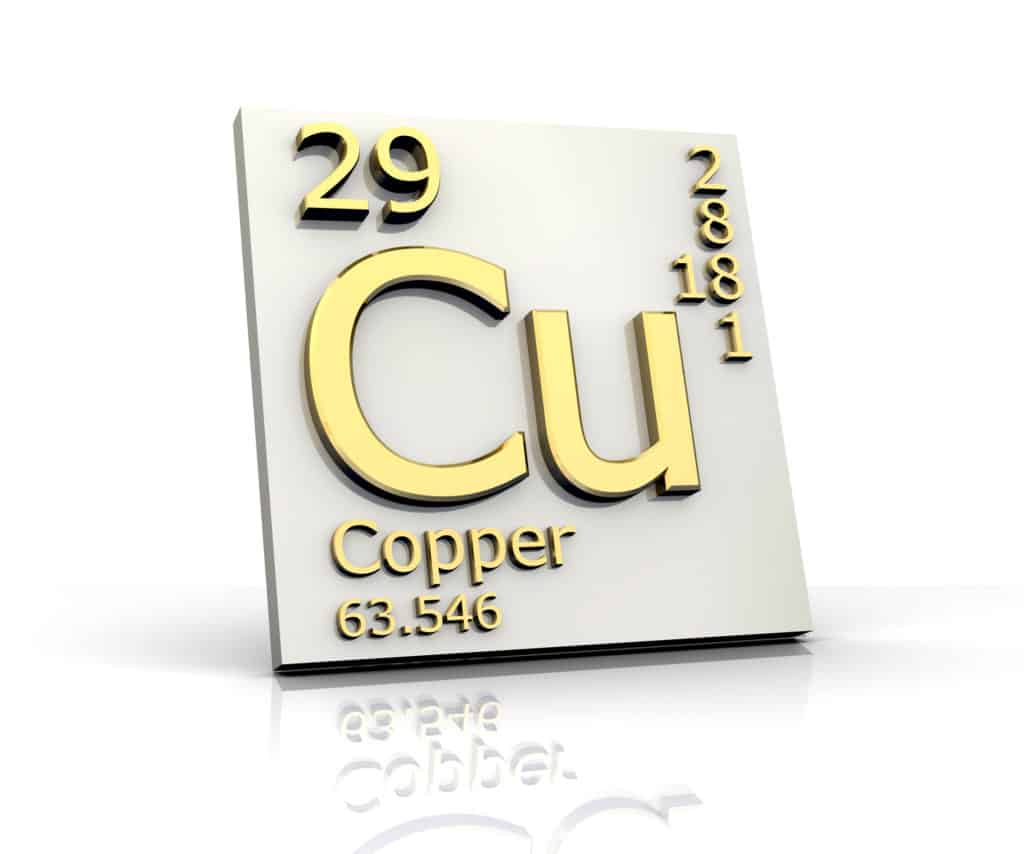
Copper is toxic to many invertebrate creatures, including Ghost shrimp.
If several of your shrimp turn white, copper illness can be the cause.
Shrimp’s bodies let copper in their organs because they need a small amount of it to process oxygen.
Ghost shrimp will absorb any amount of copper in the water, and too much will poison them.
Buy a copper test kit and test the water.
If copper is the culprit, empty the tank and look for any rusty pipes that may be leaking toxins into your tank.
Check if the fish food you’re using is rich in copper, and if so, stop feeding it to the shrimp.
2. Constant Changes In pH
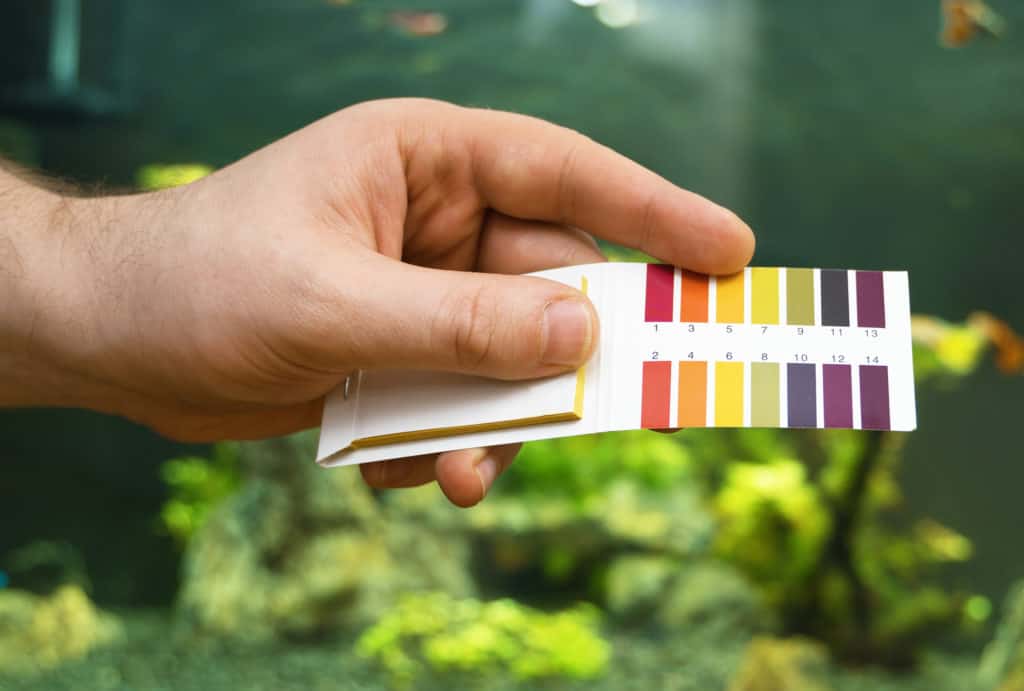
Ghost shrimp are sensitive to rapid pH changes and will be the first to feel the effects of plummeting pH.
Injecting too much CO2 into the tank can cause exactly that.
If you notice that your shrimp are swimming upside down or on their sides and that they’ve turned white, turn off the CO2 system if you have one.
High Levels of Ammonia or Nitrites
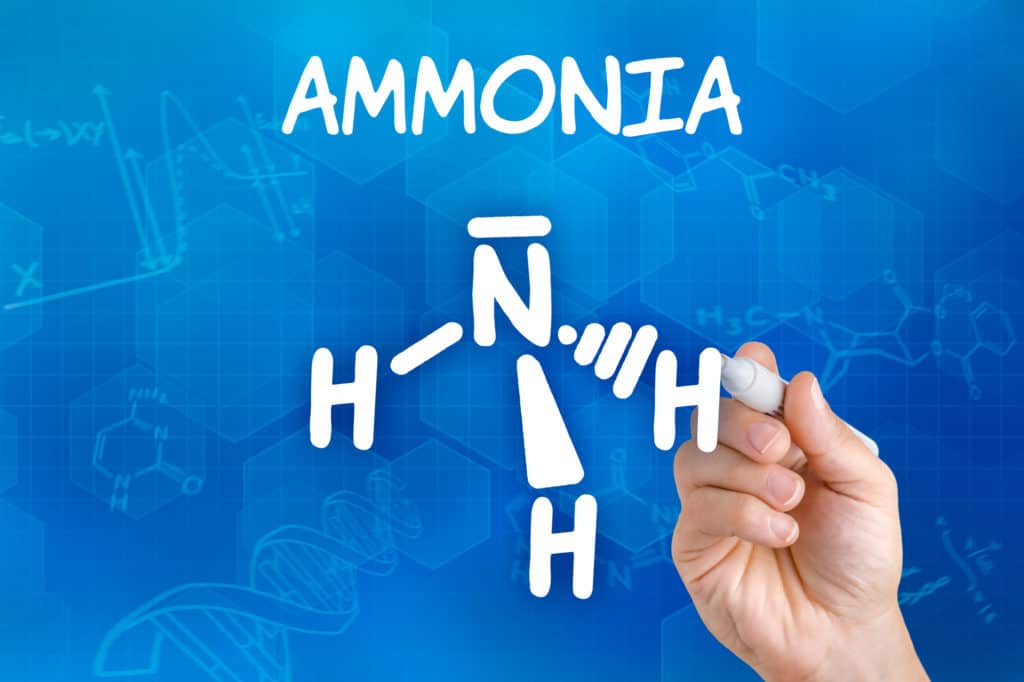
As I mentioned before, ammonia and nitrites should be non-existent in your tank, as they can poison your shrimp.
Not changing the water frequently, overfeeding, and the “new tank syndrome” can increase the amounts of these chemicals.
Ammonia is the nitrogenous waste that fish produce through their gills.
The beneficial bacteria in the tank will convert ammonia to nitrites, which is also toxic.
In well-established aquariums, other bacteria exist that convert nitrites to nitrates, which is harmless.
In new tanks that aren’t completely cycled, the bacteria populations aren’t grown enough to eliminate the toxic waste.
This situation is called the new tank syndrome.
To prevent this from happening, let your tank cycle for a while before adding the shrimp and fish.
Don’t add too many fish at once.
Check if the filters are working properly and be careful with the dosage of medication you use, because it can kill the bacteria.
Do water testing often and increase the aeration if there’s any amount of ammonia or nitrite in the water.
Organ Failure
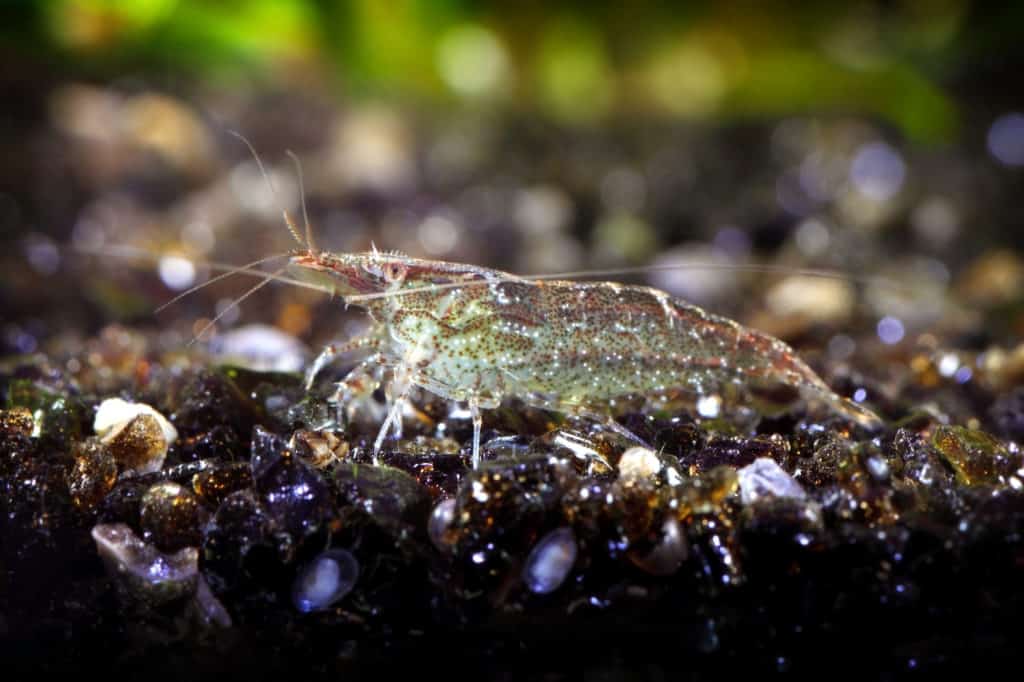
There’s a small possibility that one of your shrimp’s organs is failing and causing it to turn white.
If this is the case, you can’t do anything about it, but I advise you to rule out all the other possibilities before concluding organ failure.
Diseases
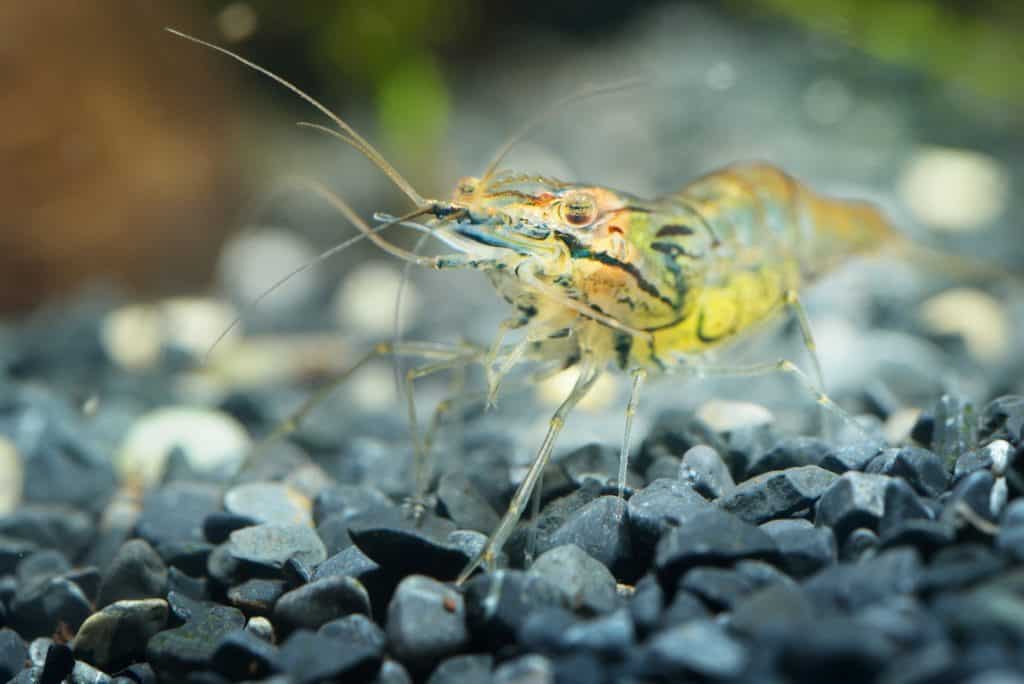
Bacteria and parasites cause many diseases.
Usually, the infected shrimp will die as there’s no actual medication or cure to shrimp diseases, but I’ll give you some suggestions in the last section to cure the sick Ghost shrimp.
First, let’s find out about possible diseases your shrimp may be suffering from.
1. Muscular Necrosis
Muscular Necrosis is one of the most common diseases among Ghost shrimp.
This condition happens when one or multiple cells are destroyed in a living organism.
Bacterial infections and poor water conditions can trigger this disease.
Cell destruction causes inflammation in the area and leads to cellular decay.
The decayed cells release a protein, which then creates a milky white discoloration in the abdomen and tail.
You can try to cure the shrimp if the whole organ hasn’t turned white, but either way, immediately separate the sick shrimp and put them in a tank with optimal water conditions.
Also, change the water in the main tank to prevent the disease from spreading.
Check the water parameters and make sure the tank has enough oxygen and nutrients.
You should prevent other fish and shrimp from eating a sick shrimp’s dead body because the infection can wipe out the whole aquarium.
2. Internal Bacterial Infection
Bacterial infections cause the internal organs to become pink or swollen.
In some cases, the shrimp will turn white. Since most sick shrimp won’t survive a bacterial infection, you should separate the sick ones from the healthy.
3. Fungal Infections
If your shrimp’s immune systems are weak and their organs are damaged, fungal spores or internal mycoses can hurt the shrimp when entering the body with food.
This can cause their internal organs to turn white.
You should provide the best living conditions and food to boost your shrimp’s growing immune systems.
4. Vorticella
Vorticella, also known as bell animalcules or cottonmouth disease, is a parasitic infection that attaches itself to the shrimp’s nose or around its mouth.
It looks like a white and fuzzy crust.
It’s harmless to the shrimp at first, but it’ll eventually multiply and cover their entire shell before killing them.
It can also fall into their gills and cause suffocation.
Altered swimming behavior, excessive stress, and loss of appetite are signs of heavy infection.
Dirt and waste in the aquarium and poor water conditions can lead to vorticella.
What to Do for the Sick Shrimp

As there are no actual medications for bacterial, fungal, and parasitic infections, you should try to cure the shrimp with natural antibiotics.
First, put the sick shrimp in a hospital tank and maintain all the water parameters at their optimal levels.
Then try the following methods.
1. Oregano Oil Treatment
Dilute one drop of Oregano oil or Carvacrol oil with 5ml water, then soak the Ghost shrimp’s food in it.
Feeding this to the shrimp will help kill the bacteria.
You can also try feeding them almond leaves and keep tannins in the water.
2. Saltwater Bath
If you give sick shrimp saltwater baths several times a day, you’ll help it overcome the infection.
To do so, dissolve a teaspoon of aquarium salt into a cup of water from the main tank.
Put the shrimp in the cup for about one minute.
Then return them to the hospital tank.
Repeat the process every few hours.
3. Good Diet
Infections can kill the Ghost shrimp’s appetite.
You should try to feed them what they like and what’s nutritious, like blood worms, plankton, and freeze-dried food, to help them gain their strength.
Avoid copper-based supplements.
Old Age
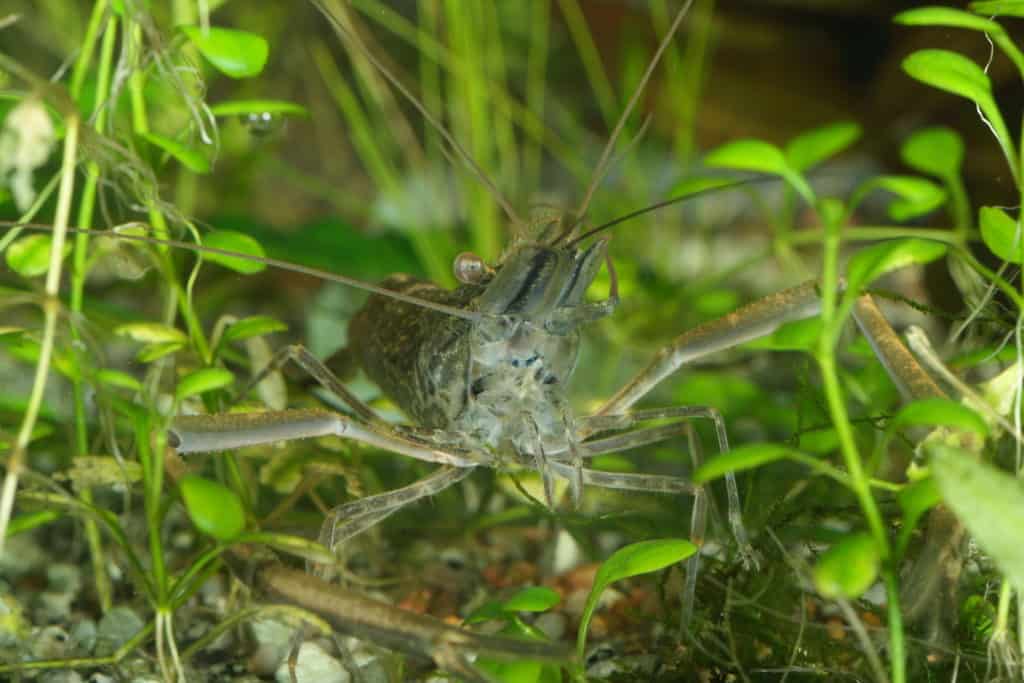
All living creatures have to die one day! Ghost shrimp have a lifespan of about one year.
If old age is the case, the shrimp will lose its transparency and seem more opaque.
It’ll look whiter and whiter day after day. Usually, the old shrimp stops moving and lies somewhere on the ground.
They won’t hide like when they’re molting.
When it dies, it’ll become utterly white like a cooked shrimp.
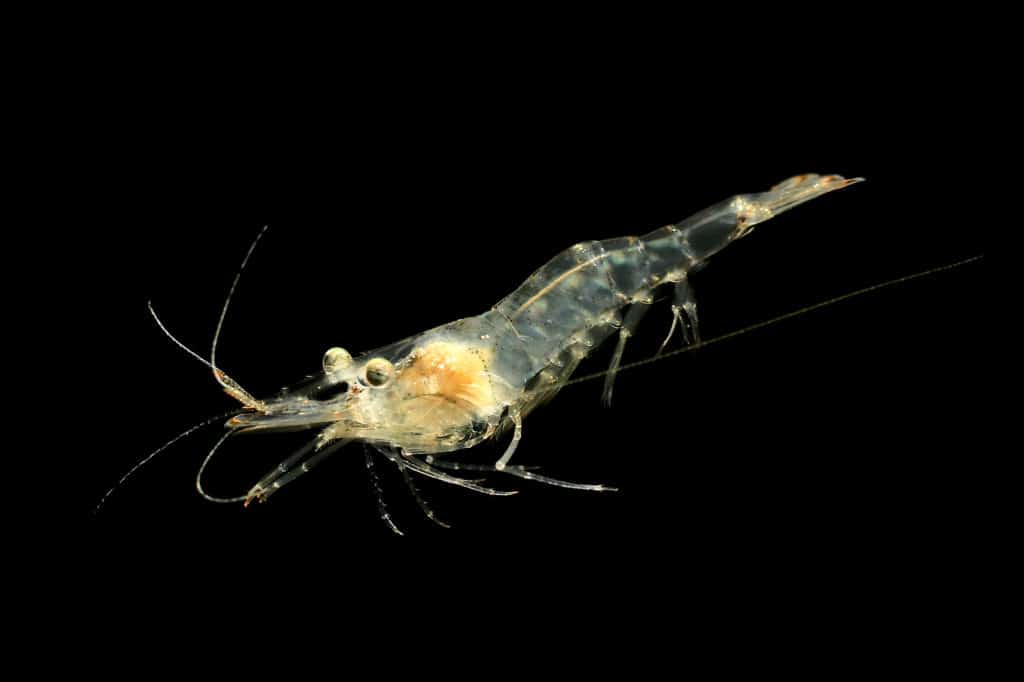
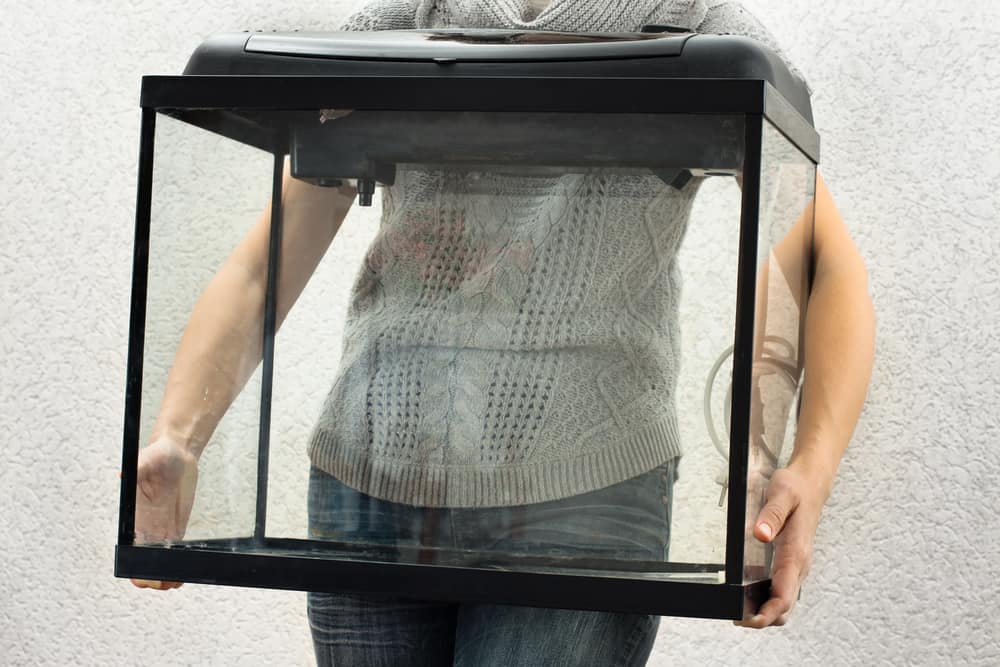
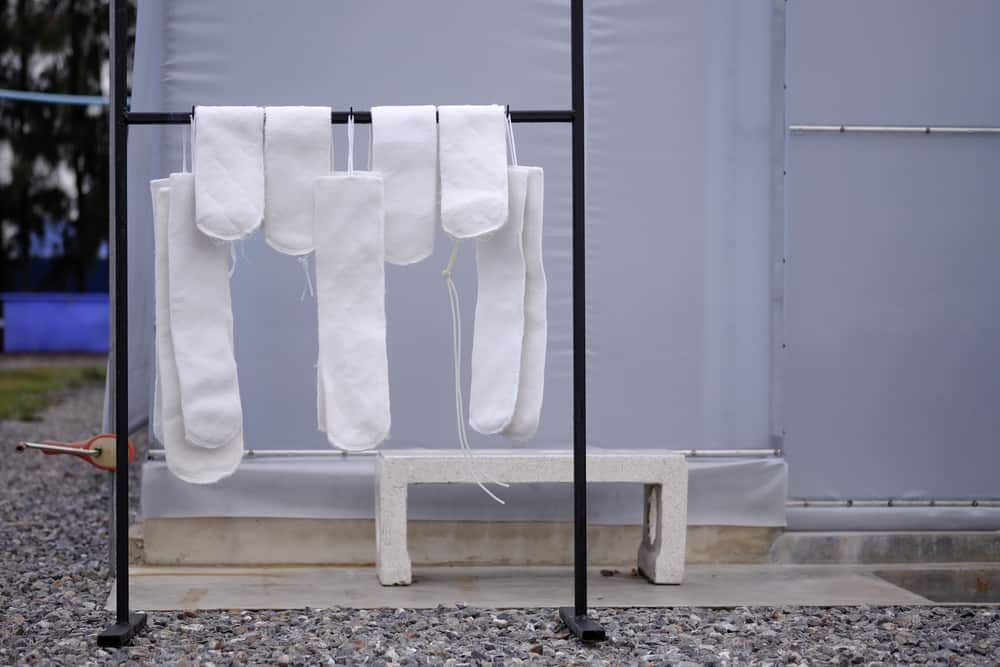
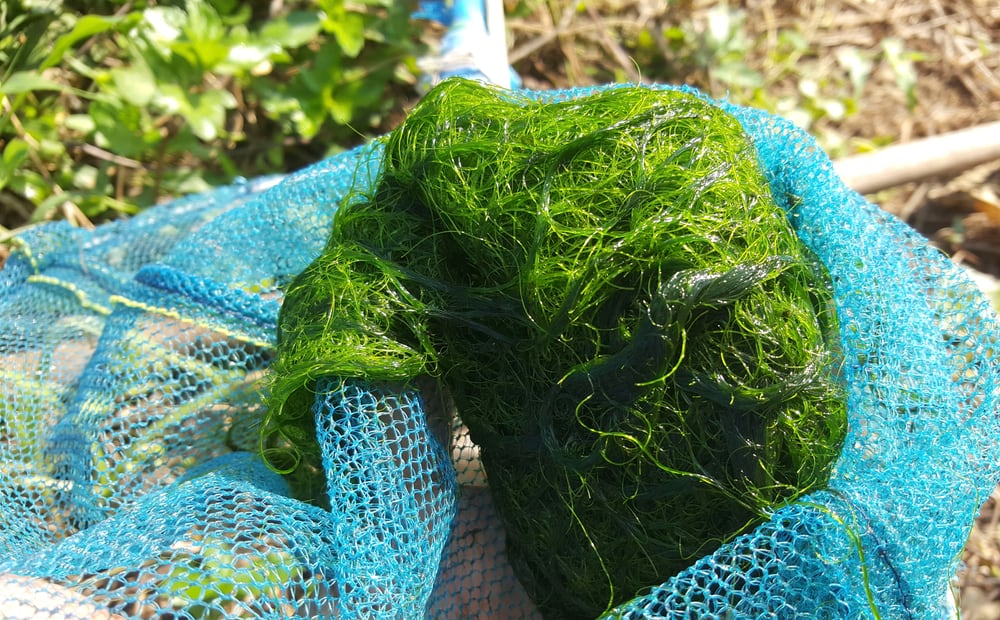
Leave a Reply
You must be logged in to post a comment.